History of boiled sweets and their origin. Boiled sweets are specific types of sugar sweets that are hard in appearance. They are usually called boiled sweets in England and Europe and hard candy in America.
Boiled sweets become very popular in Victorian times in England, but we can trace them back to the beginning of 19 century.
What exactly are boiled sweets?
The name sounds a bit weird, doesn’t it? I know, it’s a little bit confusing. Why boiled? This is because the sugar is boiled to a fairly high temperature to achieve a hard set on these sweets. These are kind of sweets that you need to suck on to get the flavour and it’s not a good idea to chew or crunch them with your teeth as they are super hard.
The traditional boiled sweets are also often pulled to get even harder texture.
Definition of boiled sweets
Any sweet or candies that are hard and you need to suck on them rather than chew or bite, can be referred to as boiled sweets or candy. They are usually flavoured with fruit flavours and have bright colours and often are pulled to create the opague colours. Often you’ll see different colours mixed together (like in the picture below).
The ingredients are super simple – it’s just sugar, water and flavourings (and colours). Finished boiled sweets are hard because the sugar syrup is boiled to a high temperature (143-160C depending on the recipe) and by the time you finish making the sweets most water evaporates, leaving nearly 100% sugar left.
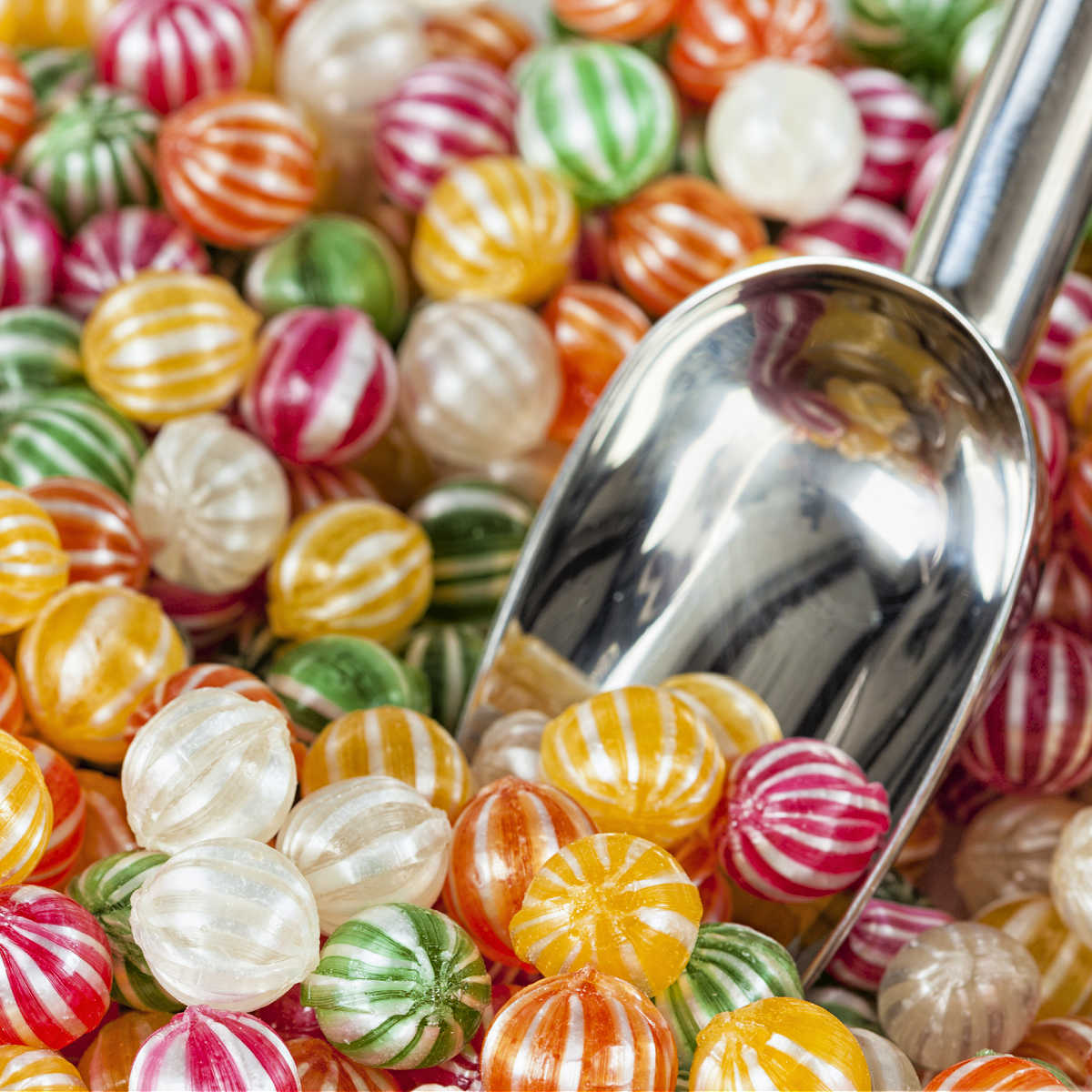
Ingredients in boiled sweets
Boiled sweets would be traditionally the cheapest sweets made and the basic recipe would only include white sugar, water and flavourings. You can also see ingredients such as cream of tartar which prevents re-crystallisation of the sugar, but it’s not absolutely necessary to add it.
Boiled sweets can have different flavours and colours, which is usually done by adding natural fruit flavourings, essences, citric acid (for sharpness), malic acid (for sourness).
Boiled sweets recipes to make at home
Boiled sweets can be made at home without any specialist equipment, you just need to follow the recipe carefully. If you want to make pulled sweets, you also need to be a bit careful about how you handle the hot syrup.
READ MORE:
- My favourite recipe for homemade boiled sweets (with step by step instructions) >>
- Candy Cane Recipe >>
How are boiled sweets made?
The sugar is first dissolved fully in the water and then boiled to about 143 C (or 290 F) which is called the soft crack stage. Some recipes go slightly higher to 160 C (hard crack stage), but if you want to make brightly coloured sweets (or see-through lollipops with flowers, which become very popular in recent years), you need to keep to a lower temperature.
The lower temperature of 143 C is the correct temperature if you want your sweets to be hard, but not caramelised. If the temperature gets too high might end up with different types of sweets, such as toffee or caramel!
Once the correct temperature is reached, the hot sugar syrup is coloured and flavoured and then poured on to a work surface (either a special cooling table, oiled stainless steel or oiled marble or granite surface). Once the mixture cools down a tiny bit, it’s then pulled and stretched to achieve the desired texture and either cut by hand or pulled through a special sweet making machine.
The pulling achieves more opaque colours and also firms up the structure of the sweets.
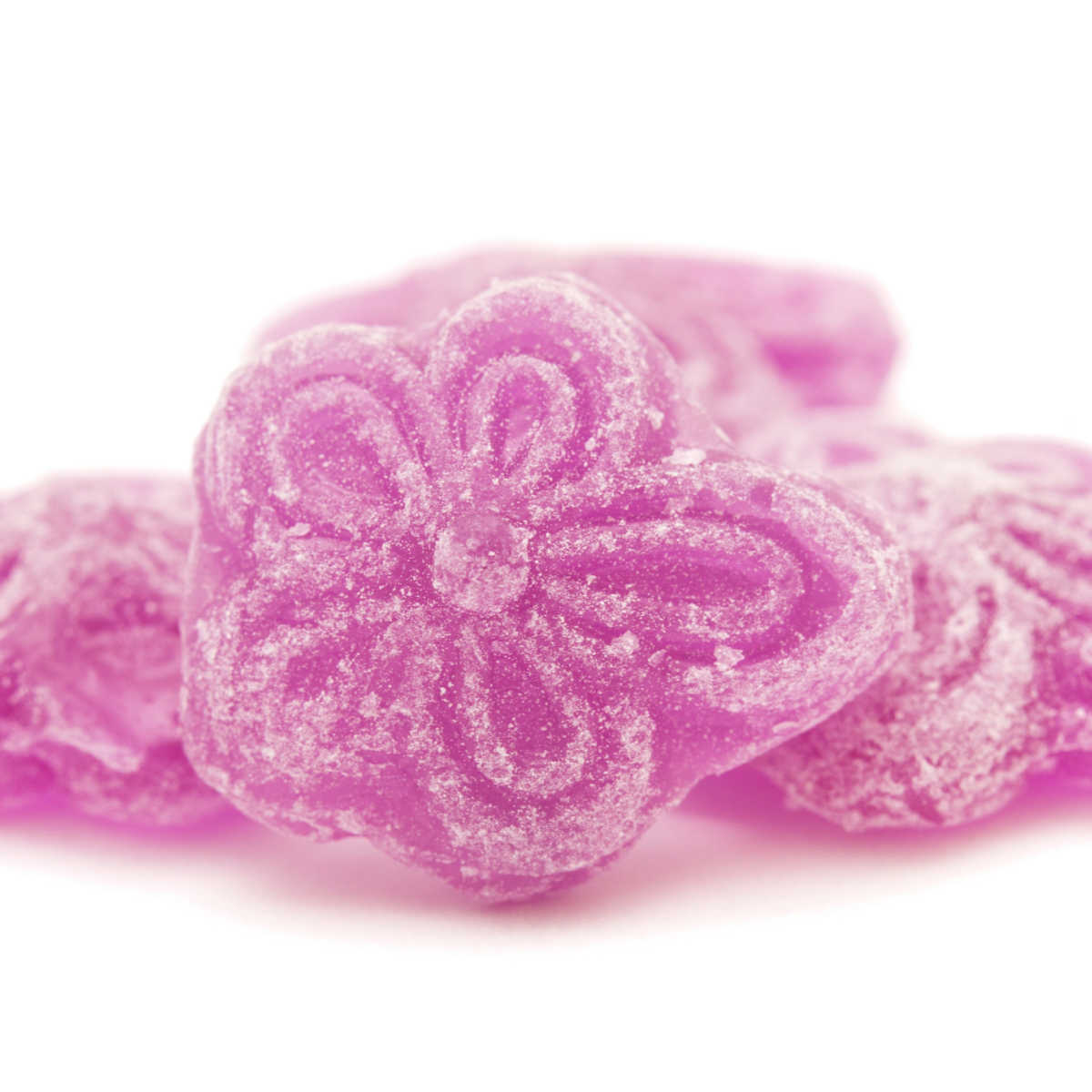
Another way of making boiled sweets is simply pouring the hot sugar syrup (once flavoured and coloured) into a trays to create various shapes of sweets or rolling the mixture to create different coloured rock sweets (with different designs) or making lollipops by pouring the hot sugar or twisting it around mixing different colours.
The history of using moulds for boiled sweets
These days we have various moulds and machines that produce different shapes of sweets (some are even filled with soft centre fillings), but in the olden days, such machines were not available.
One way of creating your own mould was using icing sugar indentations in trays. A large shallow tray would be filled with fine confectionery (icing) sugar so that it’s at least 2 cm (about 1 inch) deep.
Then the confectionery maker would use various objects to stamp out the shapes – for example to make simple dropped sweets you could use small glass or metal stamps that would make an indentation in the icing sugar.
The hot sugar syrup would be then poured in each ‘mould’ and left to set. The sweets would be then collected, icing sugar put through a sieve and re-used again.
This is the reason why some traditional hard-boiled sweets are called ‘drops’. It’s simply because they would be made by dropping a bit of a sugar syrup into icing trays moulds.
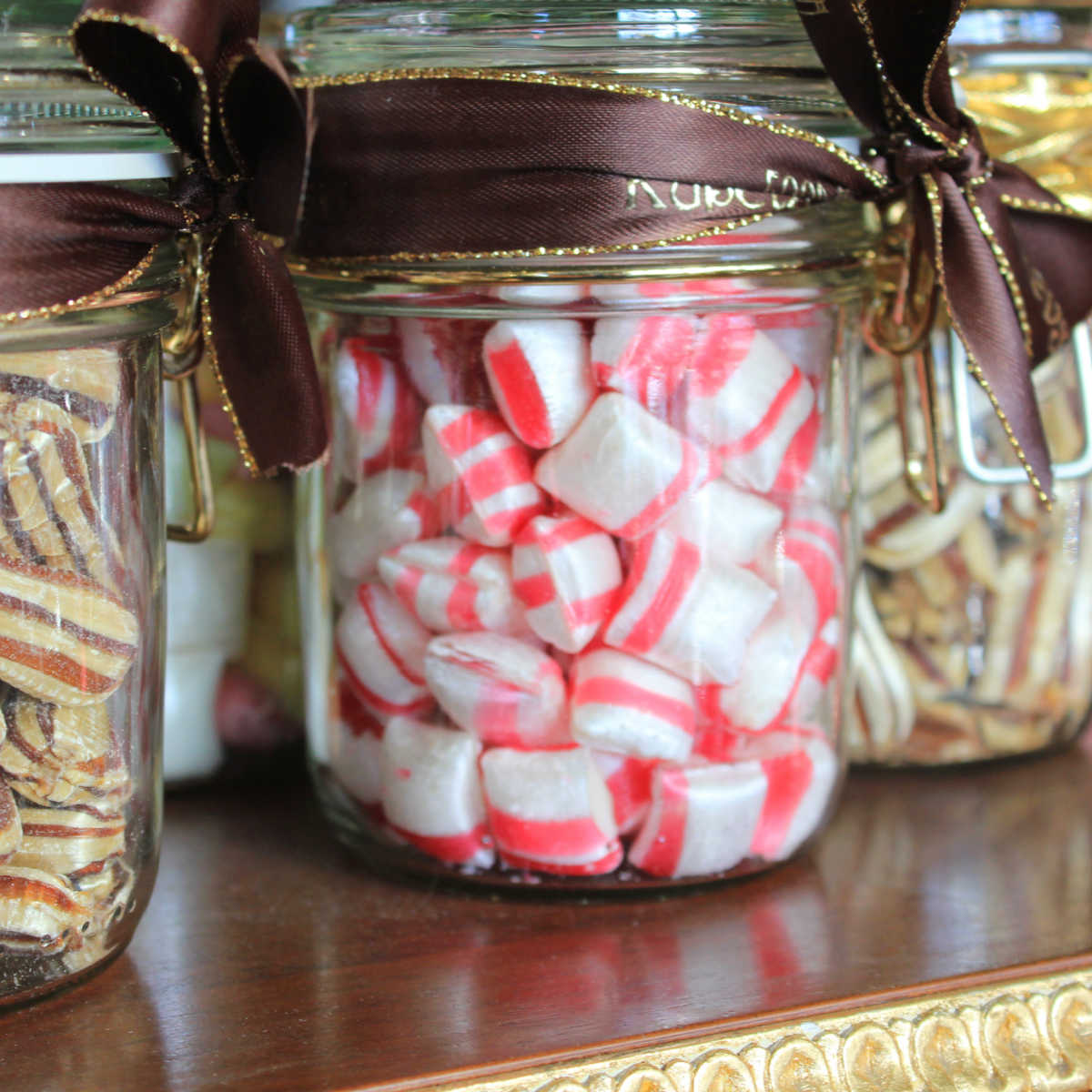
How far can we trace the history of boiled sweets?
Like with most popular types of sweets, it’s a bit tricky to exactly know when or invented boiled sweets.
The history of boiled sweets is linked closely with the wider use of sugar cane, which was quite expensive commodity before 18-19 century. Once sugar become widely available, boiled sweets and other confectionery started to be made by specialist confectionery makers.
Originally, boiled sweets were first documented back to the beginning of 19 century, when they were made as an affordable alternative to crystalised fruits, which at the time were very popular type of sweets (but also fairly pricey).
Various types of boiled sweets were developed over the following years. For example the famous seaside rock was first made in Morecambe, UK in 1830 s.
Confectionery makers at the time were also marketing their sweets as ‘healthy’, so you’d be able to get boiled sweets with various healthy herbs, boiled sweet to soothe your cough and sore throat.
For example the inspiration behind medicinal sweets by Danish company Kongen was the king of Denmark (in the 17 century), who wasn’t too keen on taking his aniseed-flavoured medication, which apparently didn’t taste very nice. The doctors mixed the aniseed syrup with sugar and beetroot syrup and the flavour was much more palatable and the king was happy!
Types of boiled sweets & hard candy
There are many types of boiled sweets, but the best know ones are: pearl drops, cough drops, seaside rocks, lollipops, humbugs (black & white boiled sweets), rhubarb & custard (pink & pale yellow sweets), aniseed cough sweets, Christmas candy cane and lots more.

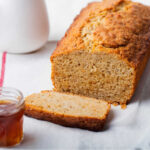
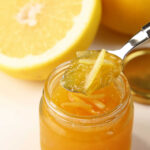

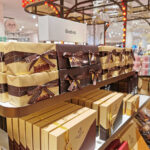

Leave a Reply